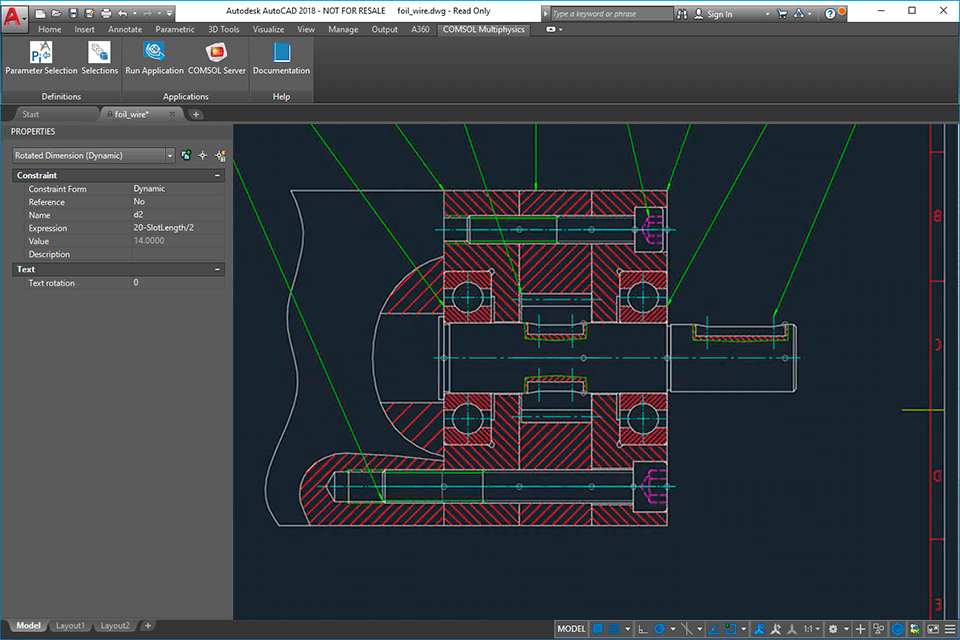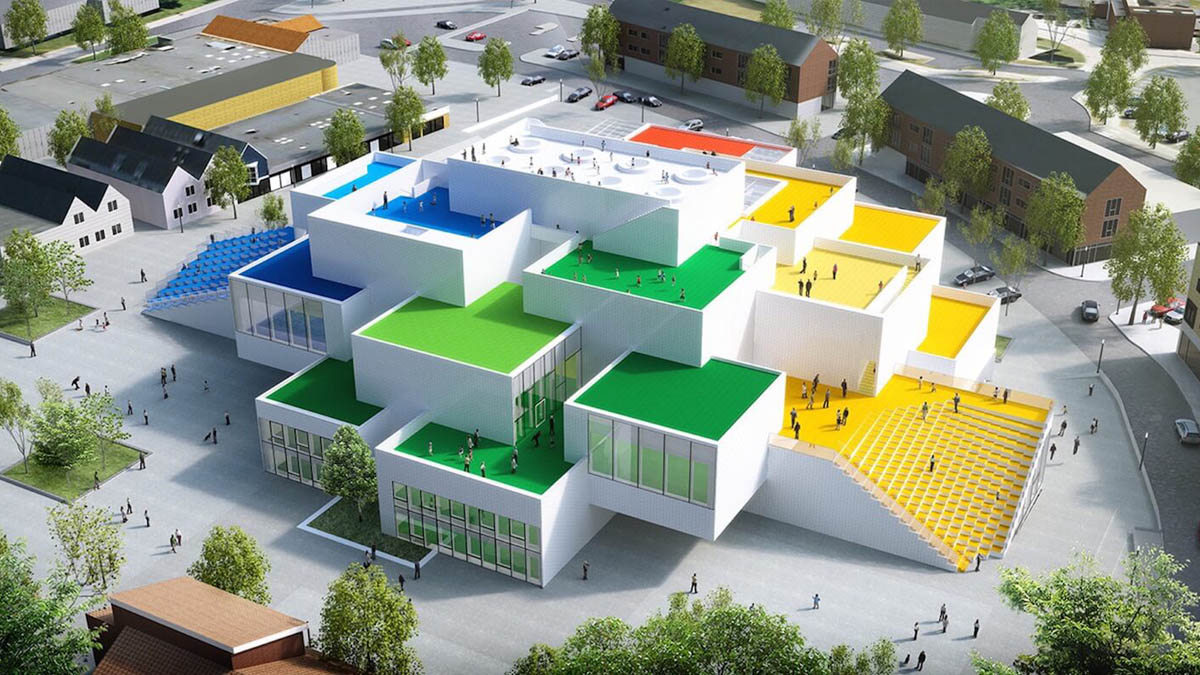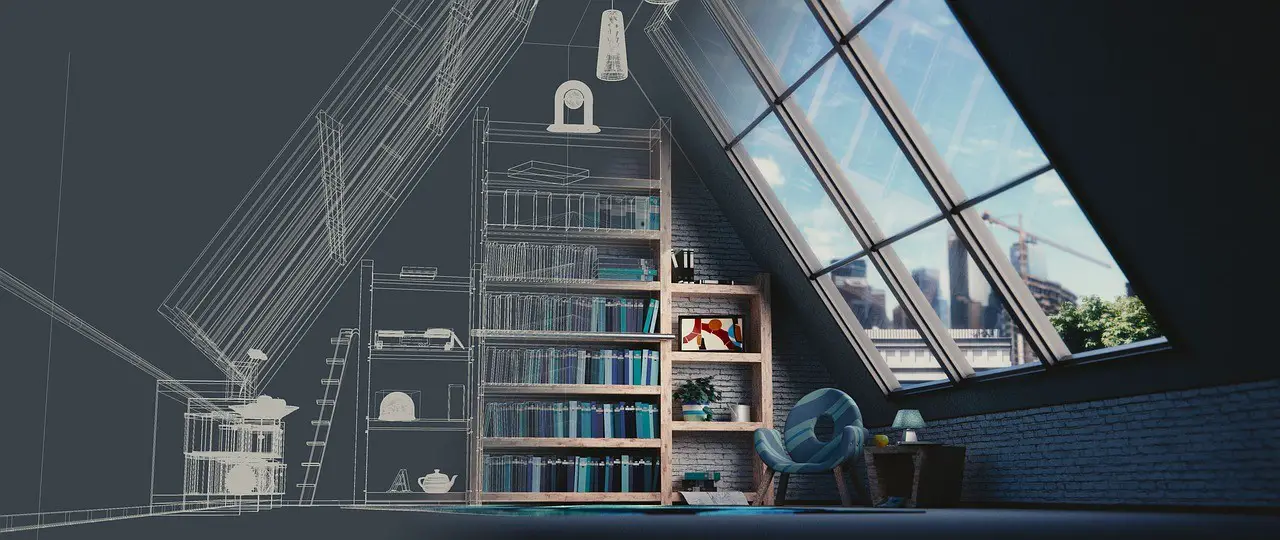

Recurring styles: like building architecture, the software architecture discipline has developed standard ways to address recurring concerns. Stakeholder concerns often translate into requirements on these quality attributes, which are variously called non-functional requirements, extra-functional requirements, behavioral requirements, or quality attribute requirements. Jackson Structured Programming) were driven by required functionality and the flow of data through the system, but the current insight : 26–28 is that the architecture of a software system is more closely related to its quality attributes such as fault-tolerance, backward compatibility, extensibility, reliability, maintainability, availability, security, usability, and other such – ilities. Quality-driven: classic software design approaches (e.g. These separate descriptions are called architectural views (see for example the 4+1 architectural view model). Architecture documentation shows that all stakeholder concerns are addressed by modeling and describing the architecture from separate points of view associated with the various stakeholder concerns. Separation of concerns: the established way for architects to reduce complexity is to separate the concerns that drive the design. : 29–31 This implies that architecture involves dealing with a broad variety of concerns and stakeholders, and has a multidisciplinary nature. Balancing these concerns and demonstrating that they are addressed is part of designing the system. These stakeholders all have their own concerns with respect to the system. Multitude of stakeholders: software systems have to cater to a variety of stakeholders such as business managers, owners, users, and operators. Software architecture exhibits the following: They are all part of a "chain of intentionality" from high-level intentions to low-level details. There is no sharp distinction between software architecture versus design and requirements engineering (see Related fields below). This insight has led to substantial research into software architecture knowledge management. A set of architectural design decisions: software architecture should not be considered merely a set of models or structures, but should include the decisions that lead to these particular structures, and the rationale behind them.Following this line of thought, architectural design issues may become non-architectural once their irreversibility can be overcome. Things that people perceive as hard to change: since designing the architecture takes place at the beginning of a software system's lifecycle, the architect should focus on decisions that "have to" be right the first time.That which is fundamental to understanding a system in its environment.The important stuff-whatever that is: this refers to the fact that software architects should concern themselves with those decisions that have high impact on the system and its stakeholders.Macroscopic system structure: this refers to architecture as a higher-level abstraction of a software system that consists of a collection of computational components together with connectors that describe the interaction between these components.Opinions vary as to the scope of software architectures: 6.6 Software architecture and agile development.Additionally, to satisfy the need for reliability the choice could be made to have multiple redundant and independently produced copies of the program, and to run these copies on independent hardware while cross-checking results.ĭocumenting software architecture facilitates communication between stakeholders, captures early decisions about the high-level design, and allows reuse of design components between projects. Therefore, an appropriate real-time computing language would need to be chosen. For example, the systems that controlled the Space Shuttle launch vehicle had the requirement of being very fast and very reliable. Software architecture choices include specific structural options from possibilities in the design of the software.


Software architecture is about making fundamental structural choices that are costly to change once implemented. It functions as a blueprint for the system and the developing project, laying out the tasks necessary to be executed by the design teams. The architecture of a software system is a metaphor, analogous to the architecture of a building. Each structure comprises software elements, relations among them, and properties of both elements and relations. Software architecture refers to the fundamental structures of a software system and the discipline of creating such structures and systems.


 0 kommentar(er)
0 kommentar(er)
